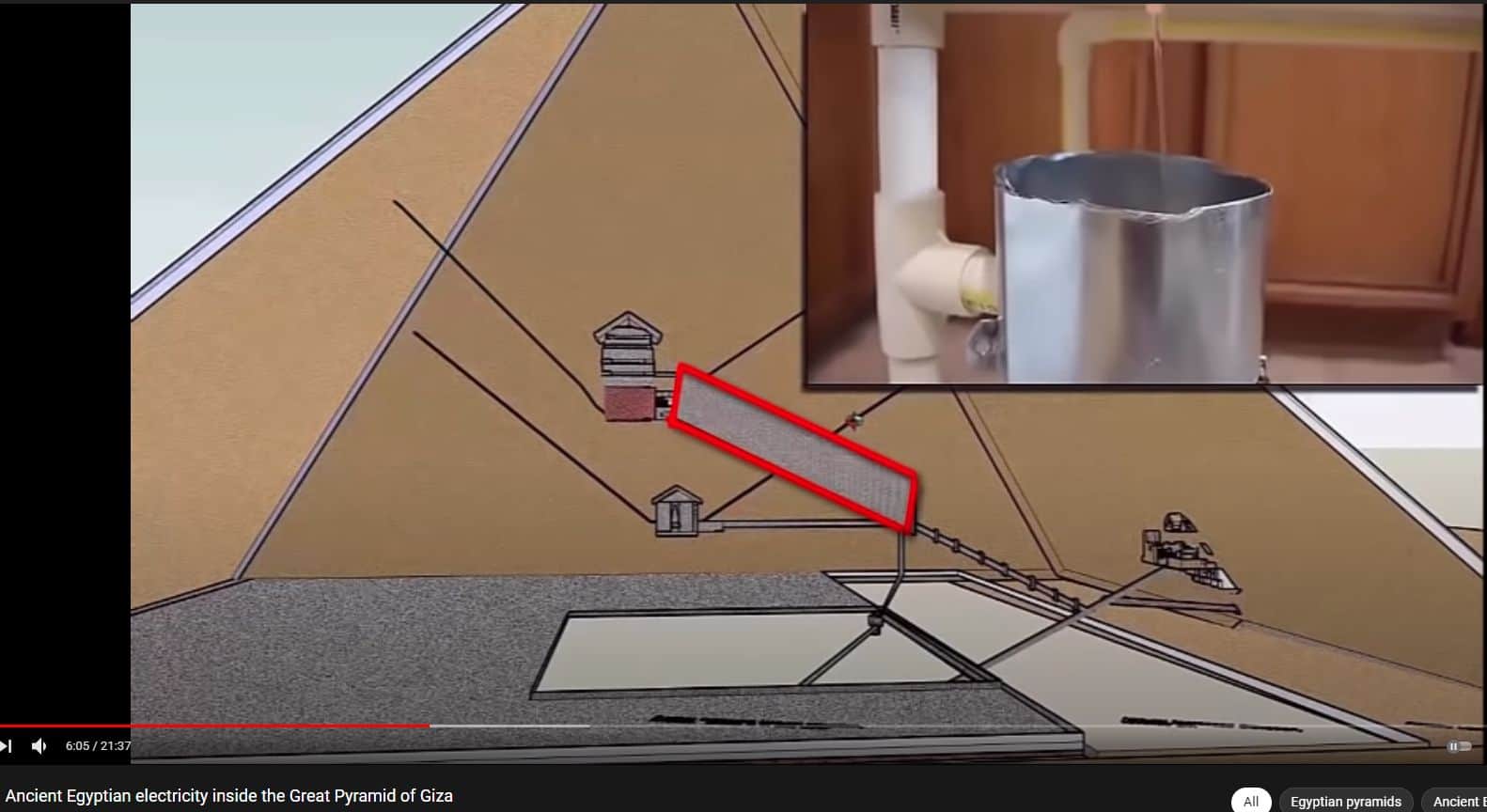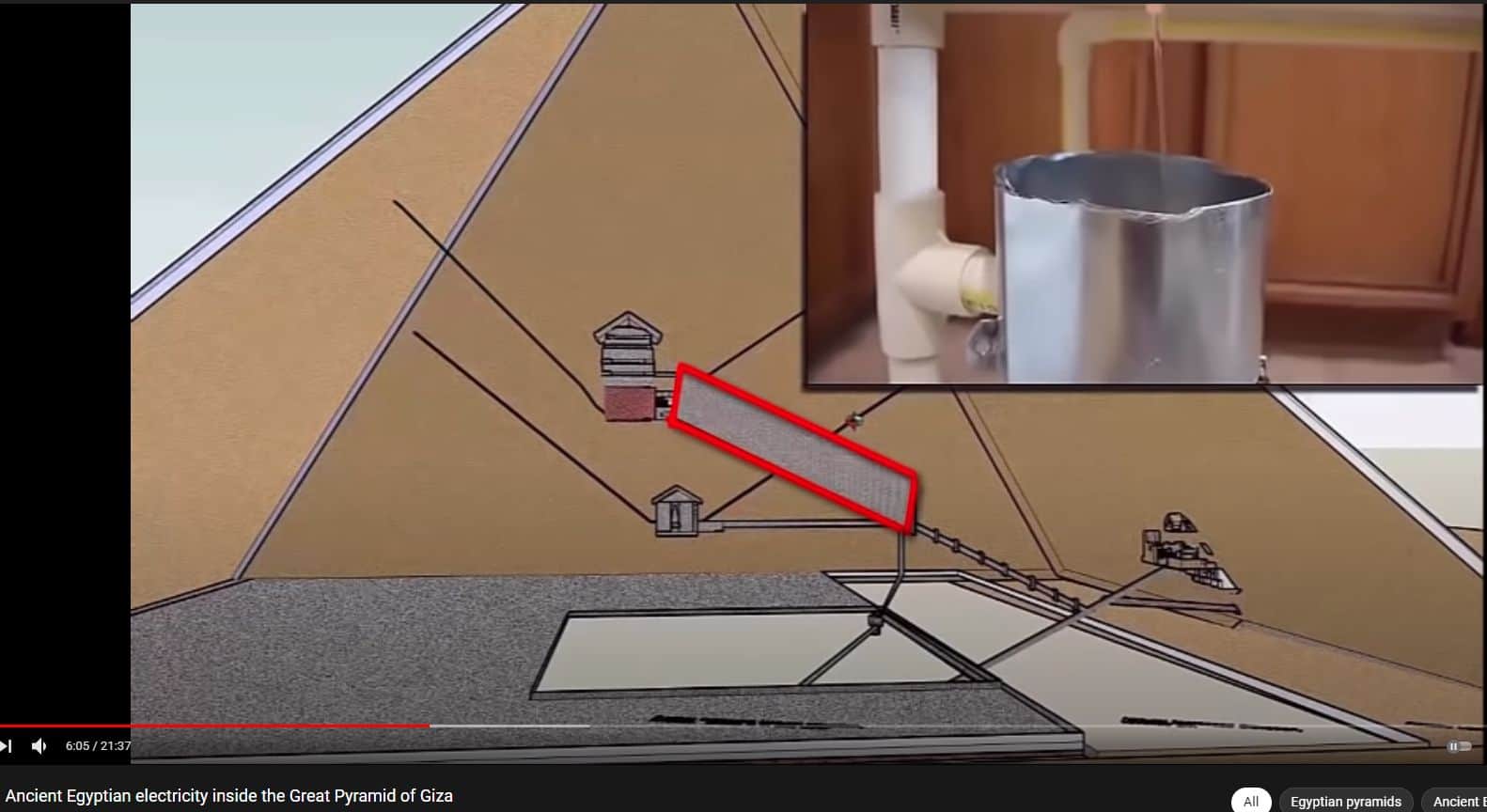Explanation after explanation, perfecting alignments of seemingly disparate facts — this is the greatest collation of evidence I’ve seen in decades of enthusiastic study. Nearly every “mystery” is explained sensibly. Thank goodness for the Internet and persistently curious minds.

The idea that pyramids were used as power stations is a controversial and speculative theory that lacks solid evidence and is not widely accepted by mainstream archaeologists and historians. However, there are some alternative theories proposed by fringe researchers and enthusiasts. Here’s an overview:
1. Energy Generation Hypotheses: Some alternative theorists suggest that ancient civilizations, particularly those that built pyramids like the Egyptians, possessed advanced knowledge of energy generation and utilized the geometric properties of pyramids to harness and amplify energy. Proponents of this theory propose various mechanisms, including the use of crystals, water channels, or electromagnetic fields, to generate or transmit energy.
2. Alignment with Cosmic Forces: Another hypothesis is that pyramids were constructed to align with celestial bodies or natural energy flows, such as ley lines or Earth’s magnetic field. Advocates of this theory believe that the positioning and geometry of pyramids were intentionally designed to tap into these cosmic energies for spiritual or practical purposes, such as healing, meditation, or agricultural fertility.
3. Symbolic and Ritualistic Functions: Mainstream archaeologists generally interpret pyramids as monumental structures built for religious, political, and funerary purposes. They view pyramids as symbols of power, authority, and the afterlife, constructed to honor gods or rulers and serve as tombs for royalty. While pyramids may have had symbolic and ritualistic significance in ancient cultures, there is limited empirical evidence to support claims of their use as power stations.
4. Scientific Skepticism: The idea of pyramids as power stations is met with skepticism from mainstream scientists and historians due to the lack of concrete evidence and the reliance on speculative interpretations. The construction techniques and purposes of pyramids are subjects of ongoing research and debate among archaeologists, but the consensus is that they were not built as functional power stations.
In conclusion, while the concept of pyramids as power stations may be intriguing to some, it remains largely speculative and unsupported by empirical evidence. The mainstream view is that pyramids served primarily as monumental structures with religious and ceremonial significance, rather than functioning as energy-generating facilities.
June 2024 — See also the amazing research and theories of LAND OF CHEM youtuber which almost conclusively proves the pyramids were various types of industrial machines for producing fertilizer components, methane gas (for lighting, cooking), and various metallurgy processes. Note that chemistry innately involves electricity.
